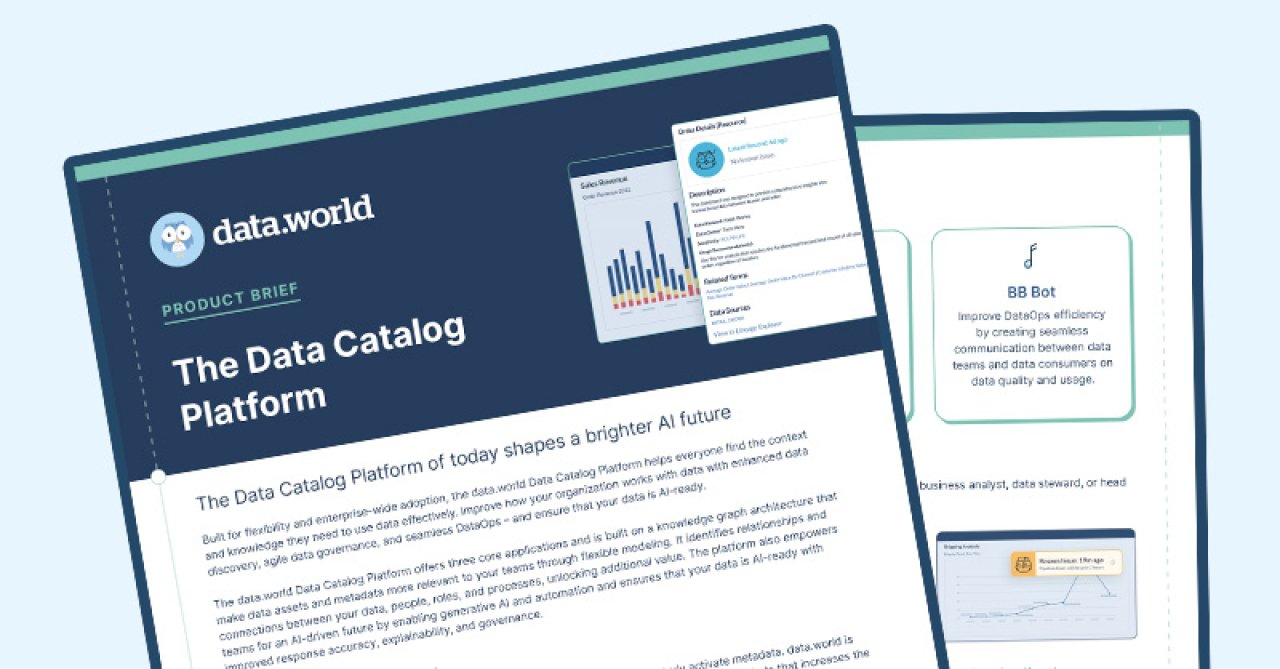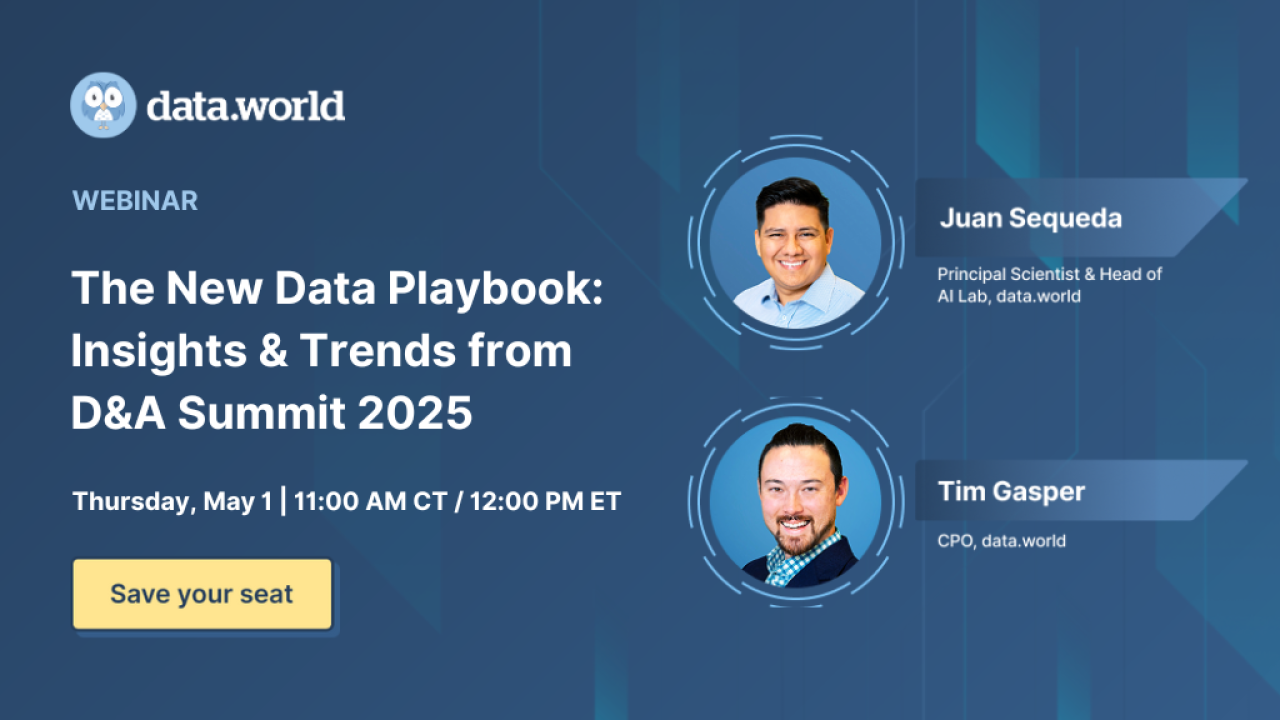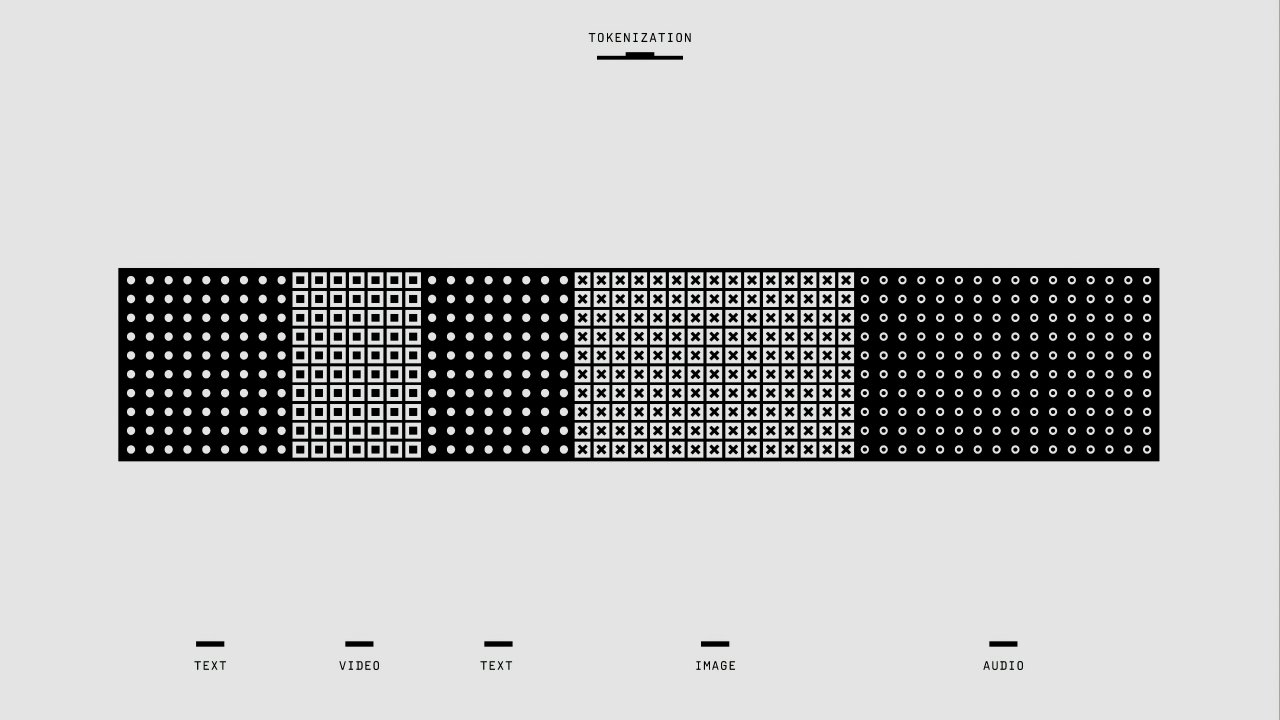























Jul 17, 2024

Liz Elfman
Content Marketing Director

An AI agent is software that autonomously performs tasks and makes decisions based on predefined goals. It uses artificial intelligence technologies like machine learning, natural language processing, and computer vision to interpret data and make recommendations.
AI agents are becoming increasingly important. They allow companies to leverage data in new and powerful ways, like improving the customer experience or analyzing ROI. Here, we'll cover how they work, what automation benefits they provide, and how your team can use AI agents.
An AI agent is an advanced system that can perceive its environment. It can sense, reason, learn, and act autonomously.
In the tech world, AI agents are your tech savvy business partners. They power smart decisions and solve problems across countless domains. Here’s how they’re revolutionizing modern tech and making our lives easier:
As personal assistants: AI agents power virtual assistants like Siri, Alexa, and Google Assistant so users can perform tasks through voice commands or natural language interactions
As recommendation systems: AI agents are employed in recommendation systems used by e-commerce platforms and social media networks to provide personalized recommendations based on user preferences and behavior
As autonomous systems: AI agents are infused in self-driving cars, drones, and robots so they can operate safely in complex environments.
Simply put, AI agents act like smart problem-solvers by continuously improving their decision-making abilities as they gather more data and insights.
AI agents learn and make decisions with machine learning and artificial intelligence capabilities. Machine learning trains AI models on data, to enable them to learn patterns and make decisions without being explicitly programmed for every scenario. However, this is not a one-size-fits-all approach. There are three main approaches to machine learning:
Supervised learning
Unsupervised learning
Reinforcement learning
In supervised learning, the agent is trained on labeled data, i.e., a ground-truth output is provided for each input example. The model maps inputs to outputs by minimizing the error between its predictions and the true outputs during training.
Unsupervised learning works with data that has no predefined labels. Reinforcement learning works with a system of rewards and punishments. It trains an agent to make a sequence of decisions by maximizing cumulative rewards over time.
Simply put, unsupervised learning focuses on finding hidden patterns without explicit instructions, while reinforcement learning focuses on interacting with an environment and receiving feedback, and learning through that process.
There are several tools to build your own AI agents with a no-code approach. For example, you can use 4 agent datasets from data.world to build AI agents and automate organizational workflows.
AI agents are changing the way we live and work innovation across most industries. From streamlining operations to unlocking insights from data, they are proving to be a promising transformation. Here are the four top use cases for AI agents:
1. Data analysis and business intelligence: AI agents process and analyze mountains of data much faster and more accurately than humans. They uncover valuable insights and trends hidden within large datasets so companies can make better decisions.
2. Enhancing customer experience: AI agents analyze customer data, preferences, and behavior patterns. They can deliver highly personalized experiences because they understand individual customer needs and preferences.
3. Automating routine tasks and processes: AI agents automate repetitive tasks like data entry, appointment scheduling, and report generation. They allow teams to focus on more strategic and creative aspects of their work.
4. Driving innovation in product development: AI agents help production departments analyze customer feedback and market trends to identify gaps and emerging trends.
What do the above use cases look like in a real-world scenario? Learn how WPP used AI to gain a competitive advantage .
AI agents vary widely in their capabilities, architecture, and intended applications. Here are five different types of AI agents.
Simple reflex agents act solely based on the current percept and ignore previous percept history. They follow condition-action rules that define actions based on specific conditions and rely on fully observable environments. They have limited intelligence and can’t adapt to dynamic environments.
You can observe a room light motion detector to see how simple reflex agents work. They turn lights on when movement is detected, and off after a period of inactivity.
Model-based reflex agents maintain an internal model or representation of the world. For example, a self-driving car maintains an internal state representing the surrounding environment, like road conditions and traffic signals.
Goal-based agents have explicit goals or desired outcomes. This type of agent can choose a course of action based on analyzing current conditions and goal states. For example, have you ever interacted with the chess-playing AI Deep Blue? It's a goal-based agent that plans moves to win the game by minimizing the opponent's chances of success.
Utility-based agents make decisions by trying to maximize their own utility. For example, Netflix’s recommendation engines suggest TV shows and movies that maximize user satisfaction based on previous viewing habits and ratings.
Learning agents improve their performance over time. They start with minimal knowledge and gradually refine their actions. ChatGPT from OpenAI is a learning agent that improves its outputs through feedback. Learning agents work on the basis of the following components:
Learning element: Improves the agent's performance by learning from the environment
Critic: Provides feedback on the agent's actions
Performance element: Executes actions
Problem generator: Suggest new actions to explore
AI agents need structured data to work efficiently and provide responses in real-time. When data is correctly labeled, categorized, and stored, these agents can easily work their magic to provide accurate and valuable insights.
A data catalog like data.world acts like a digital library for your company's data, helping AI agents find the right information quickly. Businesses can easily explore it through a user-friendly chat-like interface that provides context-specific results.
Individual team members —from data analysts to business users— can confidently find the data they need to drive the business forward. That’s how the AI revolution is bringing the era of intelligent interfaces into the world.
Additionally, data.world’s knowledge graph architecture represents data as interconnected points that show rich relationships between data entities. AI agents interact with the data fabric in a manner similar to how humans understand relationships between concepts. Unlike rigid databases, knowledge graphs highlight data connectivity.
AI agents can only be effective when they have access to findable and relevant data. Data catalogs built on top of a knowledge graph serve as the foundation of AI-ready data. Learn more about AI-ready data in this webinar.
If your organization has complex systems, here’s how AI agents make a difference:
Improve data discovery and accessibility: They understand natural language queries and provide contextualized search results so users can easily locate the data they need
Enhance data quality and governance: They automatically identify and clean inconsistent data according to data governance policies
Enable advanced data analysis and insights generation: They leverage ML algorithms to uncover patterns, trends, and correlations that may be difficult for humans to detect
AI agents can analyze vast datasets and generate actionable insights. This helps your data team to make data-driven decisions that drive business growth.
By connecting the dots between an organization's data and business context, data.world’s AI Context Engine allows generative AI to speak the language of the organization. The AI Context Engine achieves this through the following capabilities:
Natural language interface: Allows users to ask complex questions about their data using natural language, and the AI Context Engine provides trustworthy answers at scale by leveraging the organization's data and contextual knowledge
Integration: Integrates into various AI applications and chat interfaces through APIs, SDKs, and plugins
Audit trail and explainability: Provides full audit and traceability capabilities, along with natural language explanations to ensure transparency and explainability of the AI's responses
Automated agents: Includes automated agents for specific tasks, such as glossary lookups, query validation, and query explanation to understand and interpret the organization's data and context
Discover how data.world sets a new standard for AI-driven insights in business decision-making with its leading-edge features. With data.world, you can use natural language interfaces for complex data queries and access full audit trails to ensure compliance.
As technology leaders plan their data strategy for using AI in 2024, they must recognize data's pivotal role.
Ready to unlock the future of AI-driven insights? If so, book a demo with data.world today.

An AI agent is software that autonomously performs tasks and makes decisions based on predefined goals. It uses artificial intelligence technologies like machine learning, natural language processing, and computer vision to interpret data and make recommendations.
AI agents are becoming increasingly important. They allow companies to leverage data in new and powerful ways, like improving the customer experience or analyzing ROI. Here, we'll cover how they work, what automation benefits they provide, and how your team can use AI agents.
An AI agent is an advanced system that can perceive its environment. It can sense, reason, learn, and act autonomously.
In the tech world, AI agents are your tech savvy business partners. They power smart decisions and solve problems across countless domains. Here’s how they’re revolutionizing modern tech and making our lives easier:
As personal assistants: AI agents power virtual assistants like Siri, Alexa, and Google Assistant so users can perform tasks through voice commands or natural language interactions
As recommendation systems: AI agents are employed in recommendation systems used by e-commerce platforms and social media networks to provide personalized recommendations based on user preferences and behavior
As autonomous systems: AI agents are infused in self-driving cars, drones, and robots so they can operate safely in complex environments.
Simply put, AI agents act like smart problem-solvers by continuously improving their decision-making abilities as they gather more data and insights.
AI agents learn and make decisions with machine learning and artificial intelligence capabilities. Machine learning trains AI models on data, to enable them to learn patterns and make decisions without being explicitly programmed for every scenario. However, this is not a one-size-fits-all approach. There are three main approaches to machine learning:
Supervised learning
Unsupervised learning
Reinforcement learning
In supervised learning, the agent is trained on labeled data, i.e., a ground-truth output is provided for each input example. The model maps inputs to outputs by minimizing the error between its predictions and the true outputs during training.
Unsupervised learning works with data that has no predefined labels. Reinforcement learning works with a system of rewards and punishments. It trains an agent to make a sequence of decisions by maximizing cumulative rewards over time.
Simply put, unsupervised learning focuses on finding hidden patterns without explicit instructions, while reinforcement learning focuses on interacting with an environment and receiving feedback, and learning through that process.
There are several tools to build your own AI agents with a no-code approach. For example, you can use 4 agent datasets from data.world to build AI agents and automate organizational workflows.
AI agents are changing the way we live and work innovation across most industries. From streamlining operations to unlocking insights from data, they are proving to be a promising transformation. Here are the four top use cases for AI agents:
1. Data analysis and business intelligence: AI agents process and analyze mountains of data much faster and more accurately than humans. They uncover valuable insights and trends hidden within large datasets so companies can make better decisions.
2. Enhancing customer experience: AI agents analyze customer data, preferences, and behavior patterns. They can deliver highly personalized experiences because they understand individual customer needs and preferences.
3. Automating routine tasks and processes: AI agents automate repetitive tasks like data entry, appointment scheduling, and report generation. They allow teams to focus on more strategic and creative aspects of their work.
4. Driving innovation in product development: AI agents help production departments analyze customer feedback and market trends to identify gaps and emerging trends.
What do the above use cases look like in a real-world scenario? Learn how WPP used AI to gain a competitive advantage .
AI agents vary widely in their capabilities, architecture, and intended applications. Here are five different types of AI agents.
Simple reflex agents act solely based on the current percept and ignore previous percept history. They follow condition-action rules that define actions based on specific conditions and rely on fully observable environments. They have limited intelligence and can’t adapt to dynamic environments.
You can observe a room light motion detector to see how simple reflex agents work. They turn lights on when movement is detected, and off after a period of inactivity.
Model-based reflex agents maintain an internal model or representation of the world. For example, a self-driving car maintains an internal state representing the surrounding environment, like road conditions and traffic signals.
Goal-based agents have explicit goals or desired outcomes. This type of agent can choose a course of action based on analyzing current conditions and goal states. For example, have you ever interacted with the chess-playing AI Deep Blue? It's a goal-based agent that plans moves to win the game by minimizing the opponent's chances of success.
Utility-based agents make decisions by trying to maximize their own utility. For example, Netflix’s recommendation engines suggest TV shows and movies that maximize user satisfaction based on previous viewing habits and ratings.
Learning agents improve their performance over time. They start with minimal knowledge and gradually refine their actions. ChatGPT from OpenAI is a learning agent that improves its outputs through feedback. Learning agents work on the basis of the following components:
Learning element: Improves the agent's performance by learning from the environment
Critic: Provides feedback on the agent's actions
Performance element: Executes actions
Problem generator: Suggest new actions to explore
AI agents need structured data to work efficiently and provide responses in real-time. When data is correctly labeled, categorized, and stored, these agents can easily work their magic to provide accurate and valuable insights.
A data catalog like data.world acts like a digital library for your company's data, helping AI agents find the right information quickly. Businesses can easily explore it through a user-friendly chat-like interface that provides context-specific results.
Individual team members —from data analysts to business users— can confidently find the data they need to drive the business forward. That’s how the AI revolution is bringing the era of intelligent interfaces into the world.
Additionally, data.world’s knowledge graph architecture represents data as interconnected points that show rich relationships between data entities. AI agents interact with the data fabric in a manner similar to how humans understand relationships between concepts. Unlike rigid databases, knowledge graphs highlight data connectivity.
AI agents can only be effective when they have access to findable and relevant data. Data catalogs built on top of a knowledge graph serve as the foundation of AI-ready data. Learn more about AI-ready data in this webinar.
If your organization has complex systems, here’s how AI agents make a difference:
Improve data discovery and accessibility: They understand natural language queries and provide contextualized search results so users can easily locate the data they need
Enhance data quality and governance: They automatically identify and clean inconsistent data according to data governance policies
Enable advanced data analysis and insights generation: They leverage ML algorithms to uncover patterns, trends, and correlations that may be difficult for humans to detect
AI agents can analyze vast datasets and generate actionable insights. This helps your data team to make data-driven decisions that drive business growth.
By connecting the dots between an organization's data and business context, data.world’s AI Context Engine allows generative AI to speak the language of the organization. The AI Context Engine achieves this through the following capabilities:
Natural language interface: Allows users to ask complex questions about their data using natural language, and the AI Context Engine provides trustworthy answers at scale by leveraging the organization's data and contextual knowledge
Integration: Integrates into various AI applications and chat interfaces through APIs, SDKs, and plugins
Audit trail and explainability: Provides full audit and traceability capabilities, along with natural language explanations to ensure transparency and explainability of the AI's responses
Automated agents: Includes automated agents for specific tasks, such as glossary lookups, query validation, and query explanation to understand and interpret the organization's data and context
Discover how data.world sets a new standard for AI-driven insights in business decision-making with its leading-edge features. With data.world, you can use natural language interfaces for complex data queries and access full audit trails to ensure compliance.
As technology leaders plan their data strategy for using AI in 2024, they must recognize data's pivotal role.
Ready to unlock the future of AI-driven insights? If so, book a demo with data.world today.
Get the best practices, insights, upcoming events & learn about data.world products.